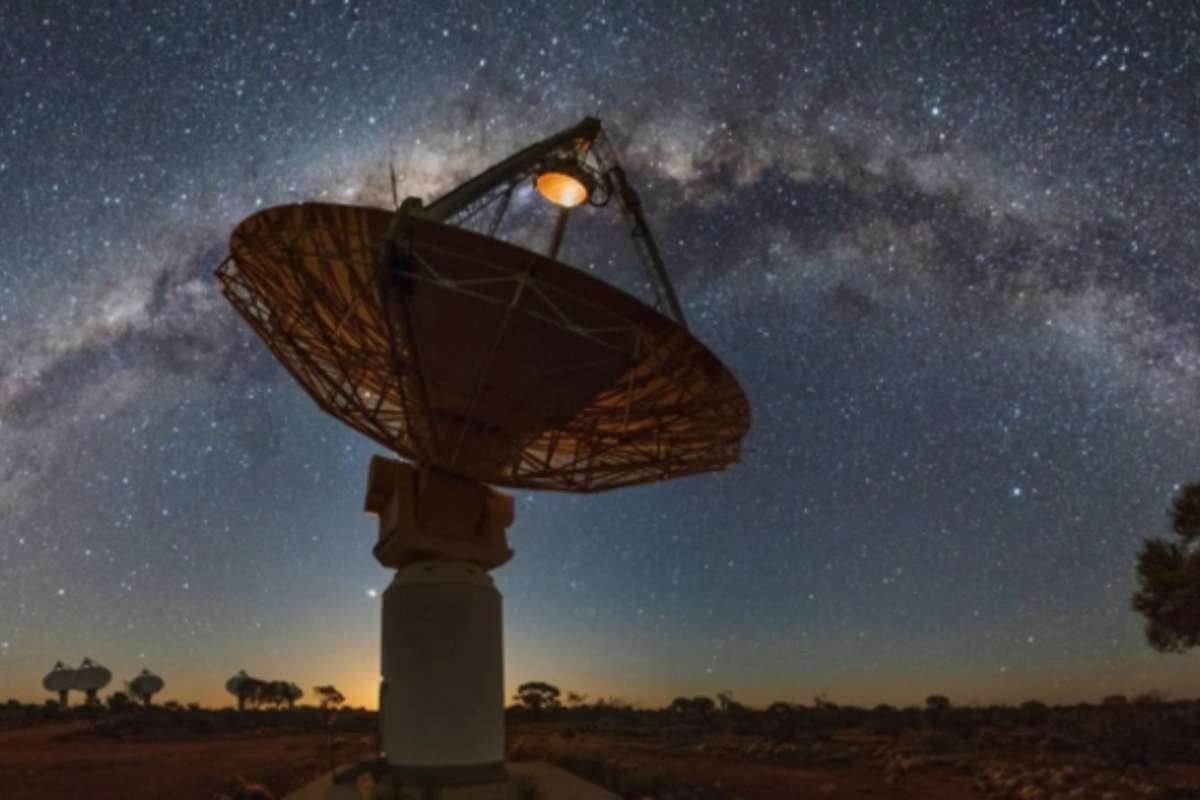29 May , 15:32
0

Astronomers discover mysterious cosmic object sending signals every 44 minutes
An unusual cosmic object, named ASKAP J1832−0911, has attracted scientists' attention with its unique feature - it emits pulses of radio waves and X-ray radiation with astonishing precision every 44 minutes. These signals last about two minutes and were first detected by the Australian radio telescope ASKAP (Australian Square Kilometre Array Pathfinder), and later confirmed by NASA's Chandra X-ray Observatory.
As reported by TUT.AZ with reference to Lifehacker, lead researcher Andy Wang from Curtin University in Australia notes that the object does not correspond to any category known to science. Among the hypotheses put forward is the possibility that it could be a magnetar (a super-dense core of a dead star with an extremely strong magnetic field) or a binary star system with a strongly magnetized white dwarf. However, even these assumptions do not fully explain all the observed characteristics.
ASKAP J1832−0911 belongs to a rare category of cosmic phenomena - long-period transients (LPTs), which emit signals at intervals of minutes or hours. To date, astronomers know of only ten such objects. Unlike classical pulsars, whose signals repeat with a frequency of seconds or milliseconds, LPTs represent a real puzzle for modern astrophysics.
The uniqueness of the discovery lies in the fact that ASKAP J1832−0911 became the first among all known LPTs to be registered simultaneously in radio and X-ray ranges. This could be a decisive factor in solving the mystery of such objects. Scientists note the exceptional rarity of such a coincidence: the ASKAP telescope covers a vast area of the sky, while Chandra observes only a limited section. Simultaneous detection of the object by both instruments is considered an incredible stroke of luck.
Researchers plan to continue searching for similar objects using a combination of different types of telescopes. Astrophysicist Nanda Rea from the Catalan Institute for Space Studies suggests that such sources may be much more common in the Universe than previously thought. Unraveling the mystery of ASKAP J1832−0911 may not only deepen our understanding of the behavior of matter in extreme conditions but also potentially lead to discoveries in the field of fundamental physics.